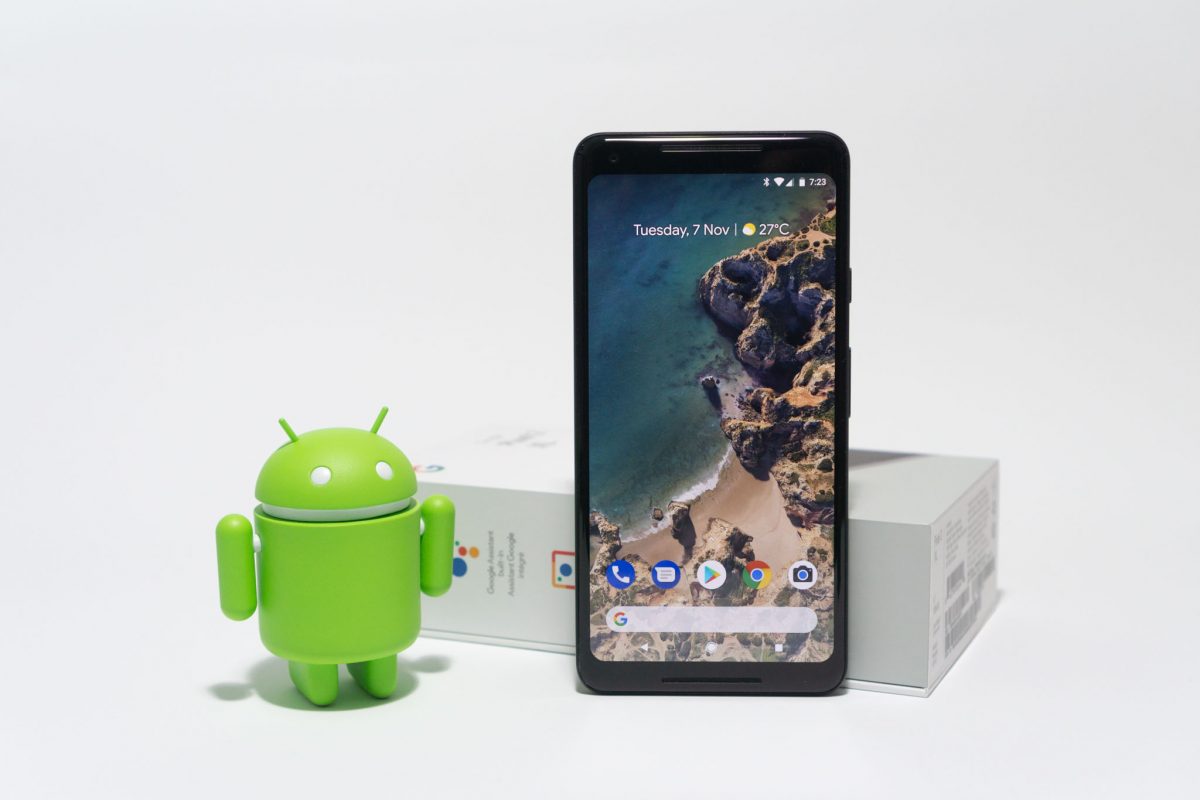
In case you’re feeling confused over Google’s Pixel, Android One, and Android Go smartphone branding, here’s an explanation about them.
The short version is this:
- Pixel: Smartphones entirely owned, designed, and made by Google.
- Android One: Smartphones made by third-party manufacturers whom Google works with to put a pure, unmodified Android operating system in them.
- Android Go: A lightweight version of Android operating system designed for entry-level smartphones.
Engadget recently posted a nice recap that gives a good description of Android One.
For the consumer, Android One is about smartphones from third-party manufacturers that run a pure, unmodified, Android operation system. Google works with several partner manufacturers to make a range of these smartphones, but regardless of who makes them, you get the same Android experience on them.
Examples of some notable Android One smartphones include the Xiaomi Mi A2 and Nokia 8 Sirocco. These smartphones are still branded by their respective manufacturers, who still market, distribute, and sell the devices on their own. They may be also be branded as Android One, but in this case, the branding is more of a partnership programme.
Android One is different from Pixel smartphones. The latter is owned and made by Google, though the actual manufacturing is contracted out to 3rd party manufacturers. This is not unlike how Apple’s iPhones are actually produced by Foxconn.
In terms of support from Google, Android One smartphones get similar software update cycles to the Pixel devices. More recent Android One smartphones, for example, will receive Android Pie (version 9 of the operating system), by the end of 2018. Like on Pixel smartphones, Android One devices get little bloatware, if any at all.
Android Go, on the other hand, is a stripped-down version of the Android operating system designed to use less memory and run smoothly on entry-level hardware devices. Android Go can work with just 512 MB rot 1 GB of RAM, and Android Go smartphones typically come with 8 GB or 16 GB of storage.
A lot of these confusion over the various branding may have been brought about by recent changes that Google hasn’t communicated very well. If you recall, there used to be Nexus smartphones. Nexus smartphones are devices made by third-party manufacturers in partnership with Google. Google is involved in design, development, marketing, and support. The manufacturing partner, apart from manufacturing the devices, do get their brand put on to the product, and may also have some influence over the hardware design and development.
The last Nexus smartphones were the Nexus 5X and Nexus 6P. Thereafter, in 2016, Google started their own line of Pixel smartphones. At this time, Android One essentially stepped up to take the place of the Nexus programme, and Android Go came on-board to take the role that Android One had previously served.
We’re expecting 3rd generation Pixel devices to be unveiled soon. There hasn’t been any truly premium flagship Android One devices to date, but there are many excellent choices available today.
View Comment Policy